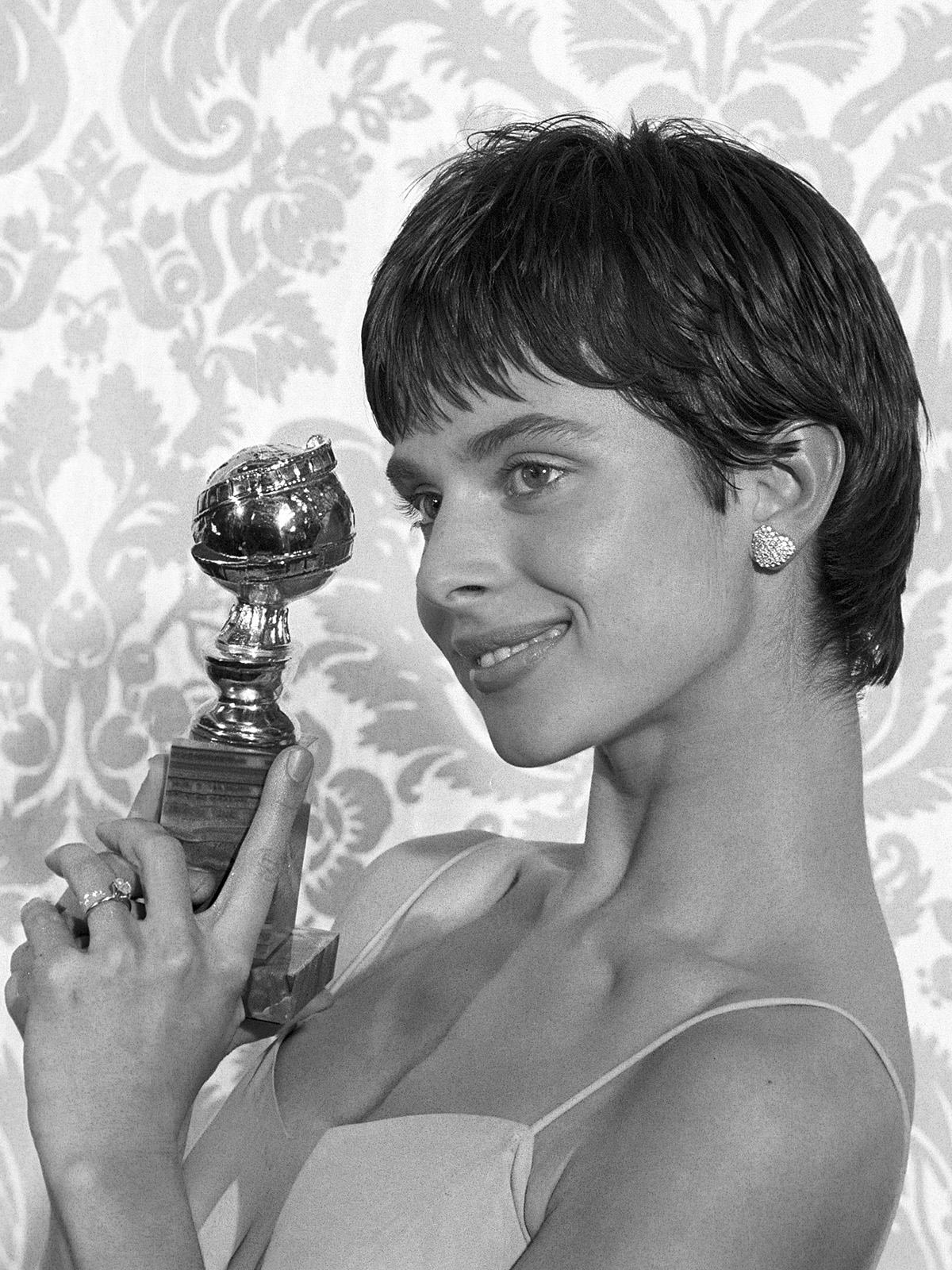
- Golden Globe Awards
Tomorrow’s Stars Yesterday: Nastassja Kinski, 1981
Between 1948 and 1983 Golden Globes were awarded in a special category of “New Star of the Year” conceived to recognize young actors making a mark in their early roles. In this series, the HFPA’s Phil Berk highlights those that would follow their auspicious starts with distinguished careers.
Nastassja Kinski, 1981’s New Star of the Year, shot to fame in 1979 when Roman Polanski gave her the title role in his come-back film of Thomas Hardy’s Tess of the D’Urbervilles, retitled Tess, for which she was nominated for a Golden Globe as Best Actress.
After that, she was no longer just the daughter of actor Klaus Kinski, she became a sought-after international star. She made films in her early teens and the one before Tess, Stay As You Are created a media storm in the US, because of her nudity (she was only 17 at the time) but she survived that.
Polanski urged she study method acting with Lee Strasberg, and after a year’s preparation, which involved acquiring a Dorset accent, she emerged triumphantly, and suddenly every director wanted to work with her. Her first Hollywood film was the much anticipated but ultimately disappointing One from the Heart for Francis Coppola, although viewed today it’s a dazzling stylistic exercise. She was better served by Paul Schrader in his remake of Cat People, but its unconventional subject matter turned audiences away.
She returned to Germany for Spring Symphony a better version of the love story of Clara and Robert Schumann than the one Hollywood dreamed up in 1944, A Song of Love, but still no great shakes.
James Toback used her to advantage in Exposed, but the sexually overwrought film hardly got a release despite utilizing ballet superstar Rudolf Nureyev as her costar.
Jean-Jacques Beineix, fresh off his international success Diva, used her in The Moon in the Gutter with Gérard Depardieu, but again it was poorly received, so it was back to Hollywood regrettably for a hopeless remake of Preston Sturges’ Unfaithfully Yours. She was part of an ensemble cast in Tony Richardson’s quirky The Hotel New Hampshire, and then finally she hooked up with the director with whom she had her best working relationship, Wim Wenders. At the age of 12, she had appeared in his first film, Wrong Move, but it was Paris, TexasThe Russian auteur Andrey Konchalovsky used her for his first English language movie, Maria’s Lovers. Her prerequisite was that she only worked with auteur directors, but then she made Harem with an unknown director and disaster struck. Hugh Hudson fresh from his Oscar-winning Chariots of FireAl Pacino’s Revolution, but it was another underwhelming effort.
Returning to France she earned a César Award for Malady of Love and settled there making films which barely received a US release, although one of them was directed by the estimable Lina Wertmüller. Once again it was Wenders who rescued her by giving her a memorable cameo in his sublime Faraway, So Close, another International success.
Kinski came back to Hollywood for Charlie Sheen’s Terminal Velocity, after which she was reduced to appearing in support of Robin Williams and Billy Crystal in Father’s Day, Gabriel Byrne in Somebody’s Waiting, Ryan Phillippe in Little Boy Blue, Wesley Snipes in One Night Stand, Dennis Quaid in Savior, and Billy Zane in Susan’s Plan.
She returned to France for a top-billed role opposite Daniel Auteuil in The Lost Son, but after that, her career was pretty much over. Even an important role in Warren Beatty’s Town and Country couldn’t alter the course of her career. Her last performance was in Sugar which afforded Native American actor Wes Studi the opportunity to give a great performance, but that was almost a decade ago.
Since then, she’s been retired. A lifetime devoted to her art; she remains an extraordinary beauty with rare acting talent.
Her classic films, Tess and Faraway So Close.

